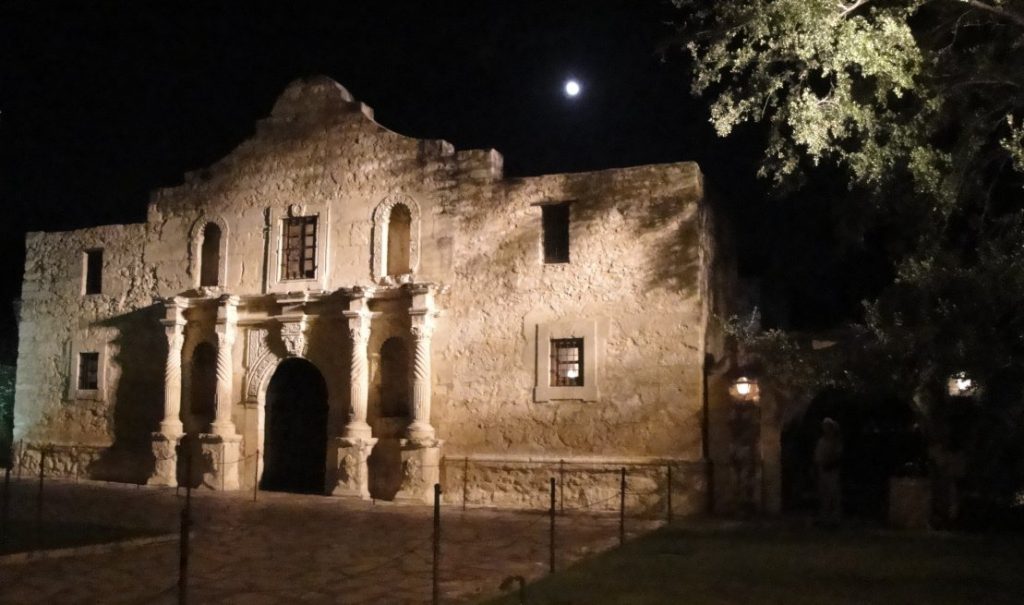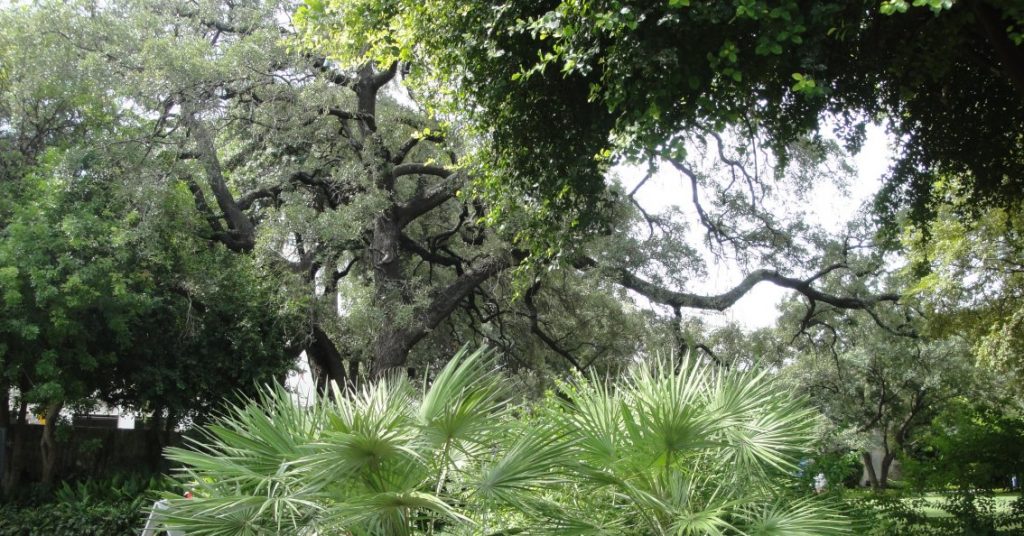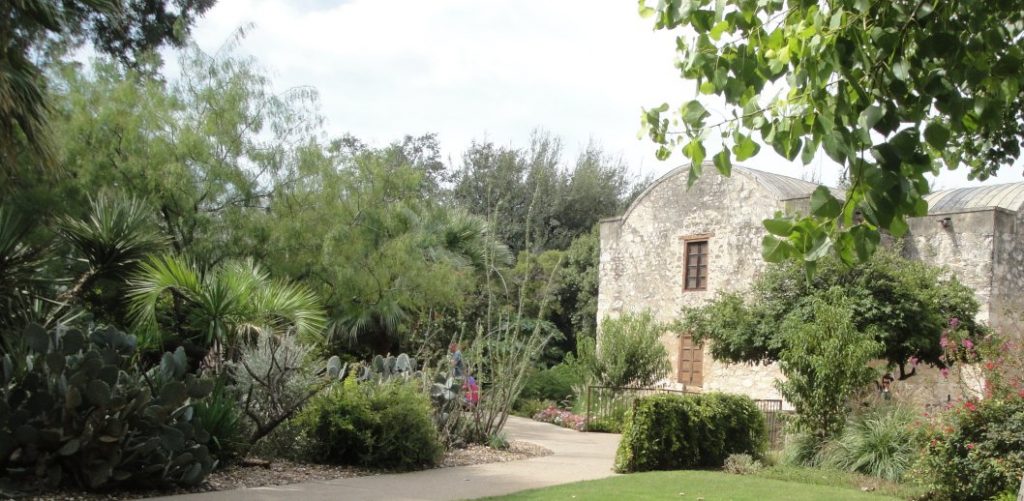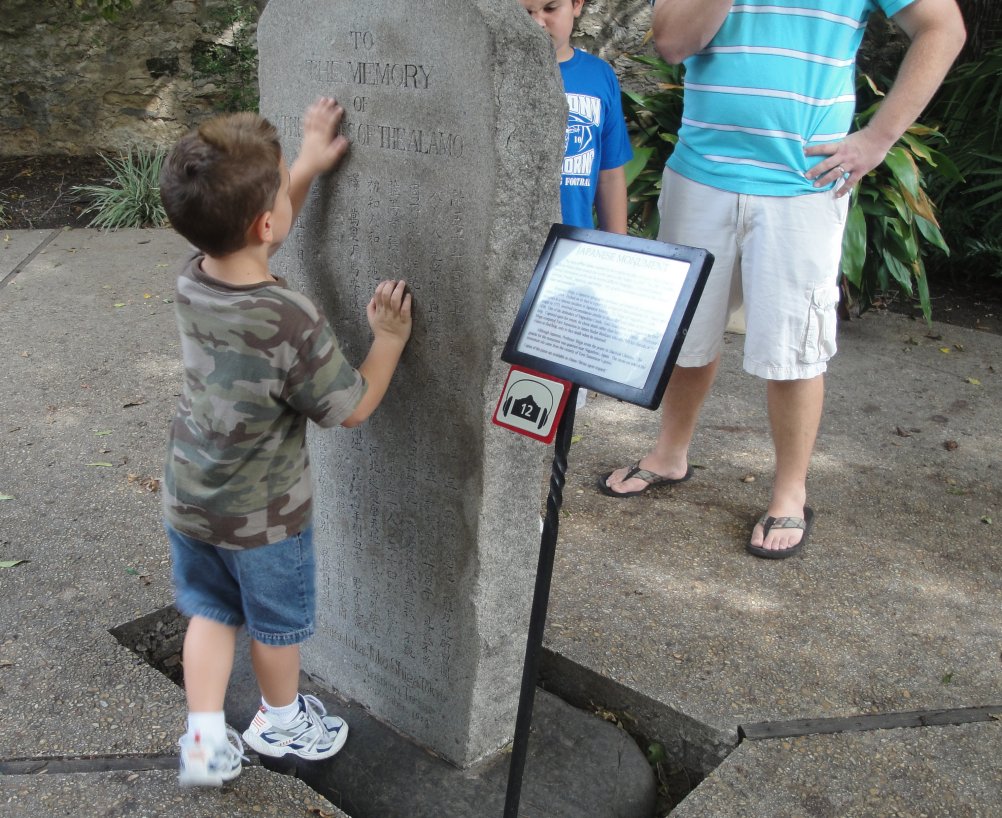
We all know the stories of the Alamo. I say stories,plural, since there are lots of legends. Ever since I watched Davy Crockett when I was a little kid, I have enjoyed movies about the Alamo.The most elaborate was the one made by John Wayne, but I also recall a made for TV version with James Arness that was pretty good. The most recent one featured Billy-Bob Thornton as Davy Crockett. I have also seen dozens of documentaries and related programs. It is a big part of our historical memory. The legend has changed to accommodate changing sensibilities.

No matter how you interpret or reinterpret it, however, the Alamo remains a story of heroism, sacrifice and bravery. The fewer than 200 volunteers who held the Alamo against more than the more than 3000 soldiers of the tyrant Santa Anna knew that they were facing steep odds & would have little or no chance of surviving the encounter.

Santa Anna seized power in Mexico City, abolished the constitution of 1824 and set about centralizing power in his own hands. Several states rebelled and Santa Anna put them down. The most distant was the rebellion in Texas. Santa Anna was a megalomaniac and he didn’t think he would have too much trouble dealing with the ragged and disorganized Texans. He came north himself with his and was impatient with the defenders of the Alamo, which helped build the legend. Instead of waiting for his big artillery to arrive, which could have reduced the Alamo to rubble w/o much loss of life among his own troops, Santa Anna ordered a frontal assault. When some of his subordinates objected to the unnecessary loss of life, he reportedly compared his soldiers to chickens. It was their duty to die for him and he didn’t think the cost in their lives was not too much to pay for his glory. By giving the Texans a fighting chance he ensured a fight to be remembered.

It is interesting to think about how different history could have been with a few different decisions, and with a few people present or not. In this respect I am not thinking so much about the heroes of the Alamo but about Santa Anna. The Mexican constitution of 1824 was a good one. It provided for more liberty and a more decentralized system. Santa Anna seized power and centralized the state in the same way that created problems in Latin societies throughout the 19th & 20th Centuries. Retaining the constitution of 1824 may or may not have prevented the succession of Texas, but imagine a century and a half of Mexican history with a more stable and liberal society and constitution. How different could have been the history of all North America.
The Alamo is smaller than it seems in the movies, which is no surprise since much of the battlefield is now occupied by various San Antonio buildings, including the hotel where we are staying. It is also true that we just expect things that were important in history to be big. The battle of the Alamo was not physically big compared with fights we saw in later history and not too much later in our own Civil War. But the relatively small number of participants is one of the things that makes the Alamo so memorable. We can know the participants as individuals. I am no expert on this and yet I can name several of the defenders and I know their stories, at least their legends. I suspect this is fairly common knowledge. I looked at the wall listing all their names. I could quickly read through the list from A-Z, along with where they came from. This makes the history personal.
The pictures show the Alamo at night and the grounds. The middle picture is a very nice live oak. The bottom picture is a Japanese monument to the heroes of the Alamo. It goes to show the fame of the place and I thought it was a very good example of public diplomacy on the part of the Japanese to associate themselves with such a Texan and American symbol.
